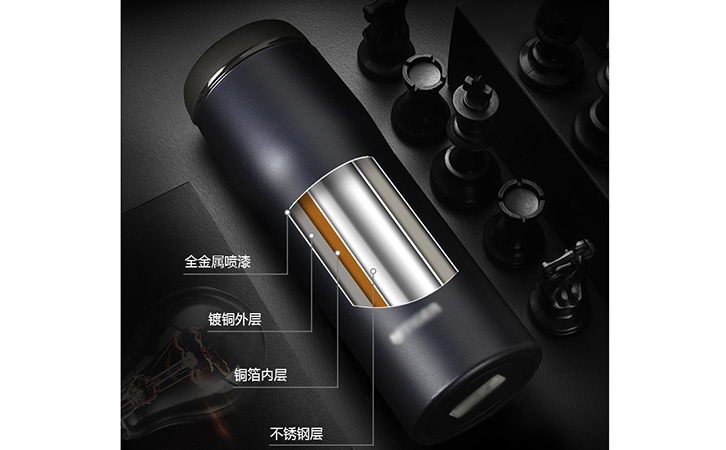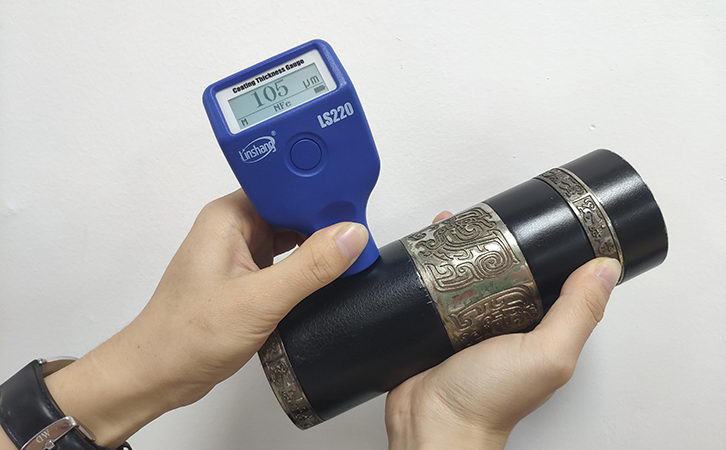Measurement of Vacuum Cup Coating Thickness
First: the insulation principle of the vacuum cup
1. The vacuum cup adopts vacuum structure to cut off heat conduction.
Vacuum does not transfer heat, which is equivalent to cutting off the heat transfer medium. The higher the vacuum degree, the better the insulation effect. There are two kinds of vacuuming technology, which are tailed vacuum and tailless vacuum. Most of the manufacturers of vacuum cups now use more advanced tailless vacuum.
2. Through the outer surface of the liner copper or silver plating to reduce heat radiation
The outer surface of the stainless steel vacuum cup is plated with copper or silver, which is used to reflect heat radiation to achieve heat preservation. The more heat, the longer the holding time will be. Large-capacity vacuum cups will have better insulation effect.
Second: The measurement of vacuum cup coating thickness, generally using a coating thickness gauge for iron and aluminum.
The thickness of the non-magnetic coating on the ferromagnetic metal substrate and the thickness of the non-conductive coating on the non-magnetic metal substrate can be measured.

However, some problems may occur when some customers use the iron-aluminum coating thickness gauge to measure the vacuum cup coating thickness. And the instrument switch between iron-based and non-ferrous bases and measured a very large and incorrect data.
When measuring the coating thickness of the outer layer of the stainless steel vacuum cup, the coating thickness gauge must be set to the non-ferrous measurement mode in order to test the correct results. Typical data is between 100 microns and hundreds of microns. In the iron-based mode, if the instrument range is sufficient, the measured data is the thickness from the outer surface of the stainless steel cup to the outer surface of the liner. And this thickness is usually a few millimeters.
Third: Precautions for measuring vacuum cup coating thickness
Since the body of the vacuum cup is curved, when using the coating thickness gauge to test the coating thickness on the surface of the cup, it is necessary to press the instrument vertically on the cup surface. To ensure that the measured data is more accurate. A slight tilt may result in a large deviation of test data each time.
- High precision coating thickness gauge for used car
- Automotive paint protection films coating thickness gauge
- Plating Thickness Measuring Instrument for Detecting Anti-corrosion Coating
- Linshang LS220, LS191, LS160A– Necessary for Car Cover Inspection
- Coating Thickness Gauge for Second Hand Vehicle
- Zero Adjustment Step of Coating Thickness Gauge
